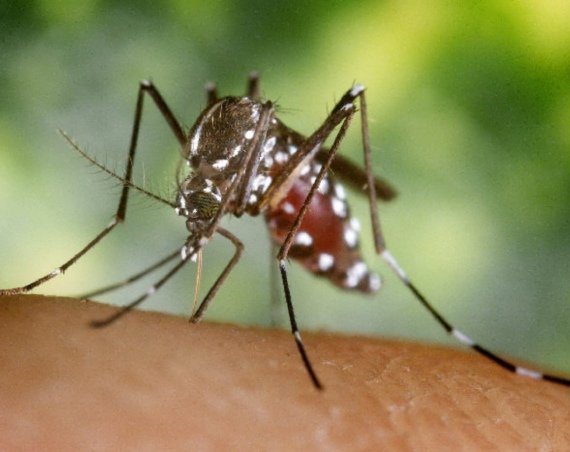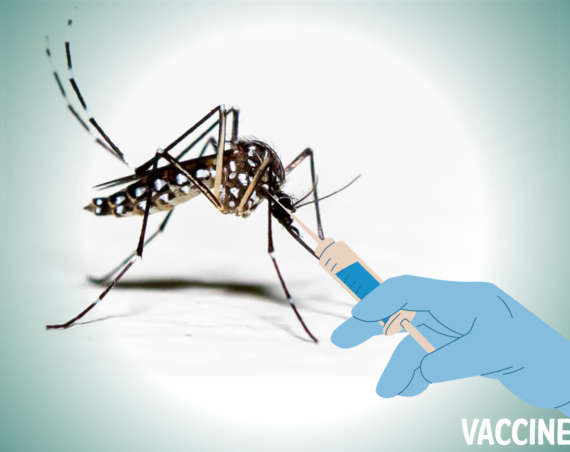What is Dengue?
Acute high fever that appears 3–14 days after the bite of an infected mosquito is the hallmark of classic dengue fever, sometimes known as “break-bone fever.”
Symptoms include-:
- myalgias,
- retro-orbital pain and a frontal headache
- Rash
- hemorrhagic symptoms
- Arthralgias
- low levels of white blood cells.
- Additionally, the patient can whine of nausea and anorexia.
What is Dengue hemorrhagic fever?
Dengue hemorrhagic fever (DHF) is a severe and occasionally fatal variant of the illness. It can occur in some dengue fever patients.
Around 3–7 days of Dengue, you might start feeling that your symptoms are receding, and then DHF symptoms begin to show.
The patient can have warning indicators of a severe illness which include-;
- stomach ache
- frequent vomiting
- a noticeable change in temperature (from fever to hypothermia)
- changes in mental status or hemorrhagic symptoms (irritability, confusion, or obtundation).
The Early shock symptoms in the patient include restlessness, clammy skin, a quick, weak heartbeat, and a reduction in the pulse rate (systolic blood pressure).
How is dengue spread?
A mosquito carrying the dengue virus can spread it to humans by biting them. However, Dengue cannot be transmitted directly.
Factors responsible for the spread
- Unprecedented worldwide population expansion and unplanned and unregulated urbanisation, particularly in tropical developing nations, is a significant reason for the spread of Dengue.
- Unplanned urbanisation has resulted in subpar housing, overcrowding, and a decline in water, sewer, and waste management systems. As a result, it has resulted in the perfect environment for increased mosquito-borne disease transmission in tropical metropolitan areas, which is the second most important contributor to the spread of Dengue.
- The absence of efficient mosquito control in places where Dengue is endemic has been a third significant contributing factor.
- Increased air travel, which offers the ideal mechanism for the transportation of Dengue and other urban infections across population centers around the globe, is a fourth reason that has contributed to the global rise of Dengue and DHF.
- The deterioration of public health infrastructure in most countries over the past 30 years is a fifth factor that has led to the comeback of epidemic dengue.
How can it be prevented?
There is presently no vaccination to protect against contracting dengue fever when traveling. However, tourists can lower their risk of contracting Dengue by staying in well-screened or air-conditioned areas, dressing in clothes that appropriately cover the arms and legs, and using insect repellent on both skin and clothing. The most efficient insect repellents contain 20–30% DEET.
Conclusion
In tropical and subtropical areas, mosquitoes carry the viruses that cause Dengue and DHF. Every year, tourists returning to the United States from places including the South Pacific, Asia, the Caribbean, the Americas, and Africa are verified to have cases of Dengue and DHF. The present acute symptoms typically last for a week; however, fatigue, weakness, and anorexia might last for several weeks. A large percentage of the symptoms of dengue infections are negligible or absent, particularly in young people and those who don’t have prior experience with dengue infection.
References





